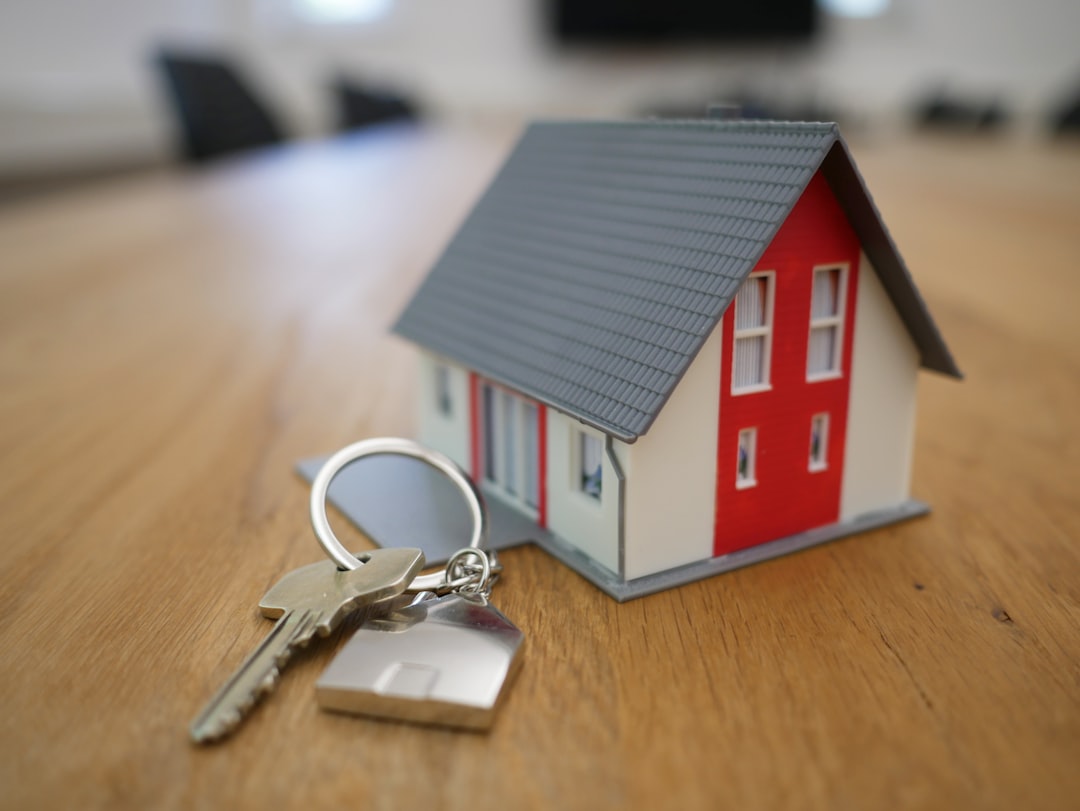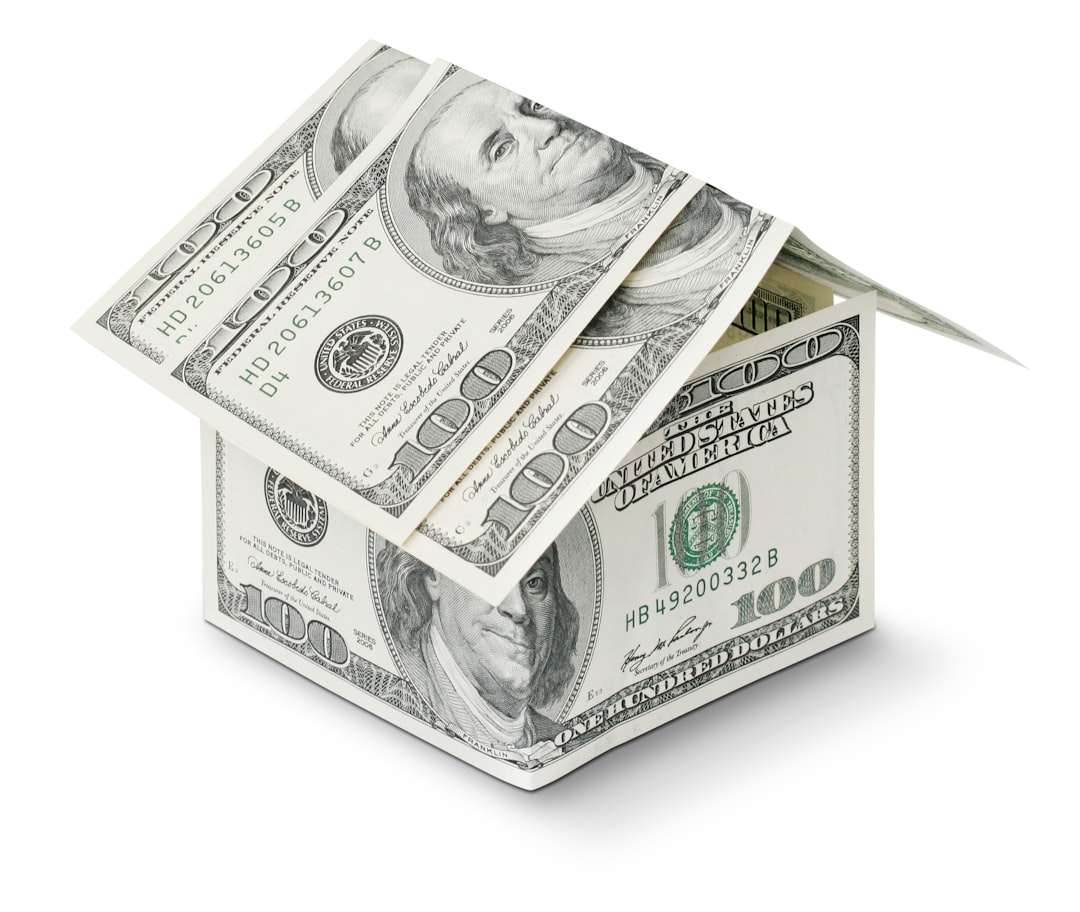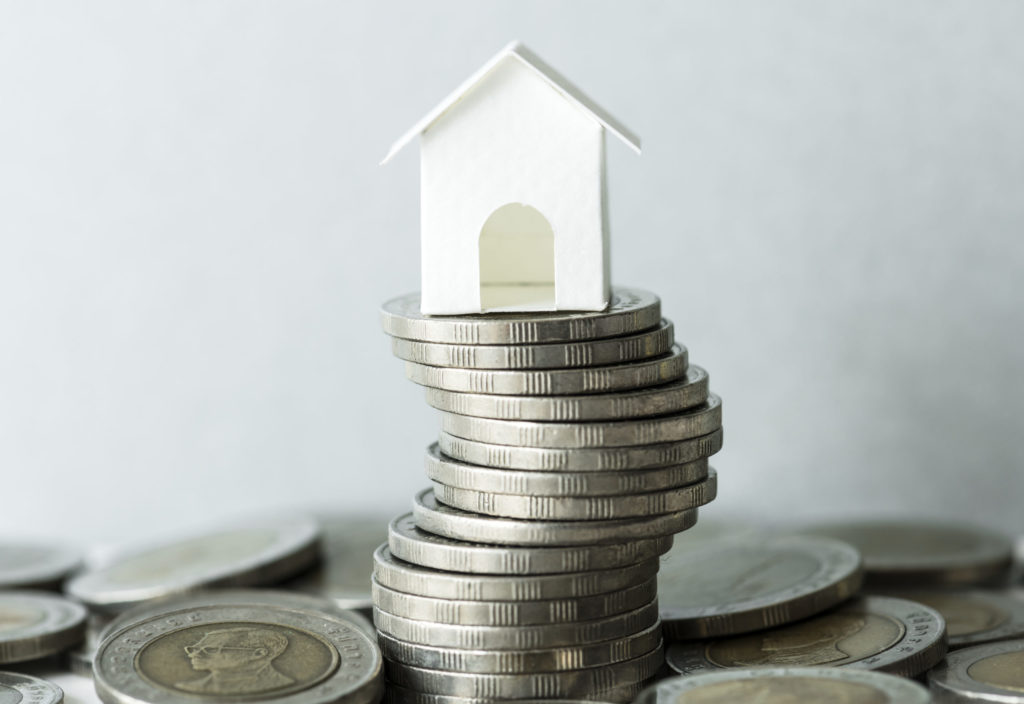Mortgage loans can be taken out in a vast array of different structures and options. Borrowers are granted a huge amount of freedom in their search for the perfect lending opportunity to facilitate the purchase of their next home. However, with this landscape of competitors and great freedom in the structure and terms of mortgages comes the need to fully grasp the plethora of options that exist.
In order to make the right decision, it’s crucial for borrowers to compare interest rates (and understand the difference between an interest rate and the APR figure), calculate loan durations, and much more. With the help of a resource that can make sense of the lending process, such as the new website for Lending Loco (see more at lendingloco.com), gaining this mastery over the field of information is simpler than you may have ever thought possible. In any lending situation, going into the decision-making process with as much information and knowledge as possible is the best way to get what you’re looking for. Consider this new website a repository of great statistics and learning opportunities that will augment your effort to secure a great mortgage loan.
Continue reading to learn more about different types of mortgages and how they can affect your ongoing financial circumstances in both potentially positive and negative ways.
A fixed-rate mortgage is great for borrowers looking for lengthy stability.

Fixed-rate loans are the perfect opportunity for borrowers who are worried about the future projections coming out of the stock market, Federal Reserve, and other sources. Fiscal uncertainty can make for rising interest rates across the board (for instance, as a result of the coronavirus pandemic that struck health sectors, financial markets, and human lives across the world in late 2019).
Fixed-rate loans won’t change in price over the course of their lifetime. This means that the interest rate you pay will remain static and the monthly payments will stay the same, too. Fixed rates offer high-quality staying power, but they may be limited in duration, reverting to a fluctuating interest rate after a period of three, five, or 10 years, for instance. Likewise, in the event of a reduction in interest rates, a loan taken out with a fixed rate during a high watermark won’t see the benefit of the rate reduction as the market cools off. The period directly after interest rates was cut to make way for greater normalization at the end of the last spike of COVID-19 infections is a great example of this in action.
Variable rates are excellent for those betting on a declining Fed interest rate.

Another option that homebuyers have access to is the use of variable interest rates. A variable rate is great for those who are betting on a declining federal rate. Inflation, pandemics, and many other things can provoke rising rates or rates that keep pace with the overall marketplace. But during a cooling-off period, many homebuyers have the ability to take advantage of a high initial mark that tails off with rapid pace in the months and years that follow.
Variable options are excellent for those with a bullish outlook on the financial marketplace more broadly. This is because soaring financials and economic stability breed greater opportunity at all phases of personal finance.
Whether you’re looking for a new home that can accommodate a new work-from-home lifestyle or you are downsizing after your children have moved away, considering a new mortgage on your next property that fits with the current marketplace and your own needs is crucial.
Get all the information you need with a research partner built to help make lending simpler.


